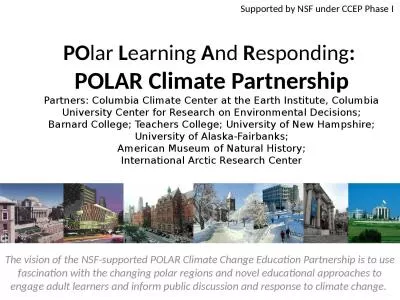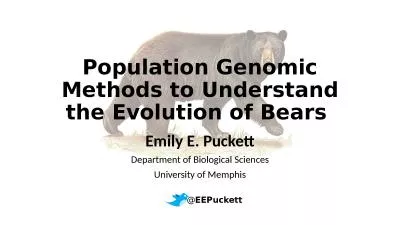PPT-POLAR BEARS AND CLIMATE CHANGE
Author : radions | Published Date : 2020-09-28
CATCA Environmental and Wildlife Society Part I The Arctic Polar bears and how global warming is affecting them WAKE UP HUMANS The Arctic The Arctic has over 14
Presentation Embed Code
Download Presentation
Download Presentation The PPT/PDF document "POLAR BEARS AND CLIMATE CHANGE" is the property of its rightful owner. Permission is granted to download and print the materials on this website for personal, non-commercial use only, and to display it on your personal computer provided you do not modify the materials and that you retain all copyright notices contained in the materials. By downloading content from our website, you accept the terms of this agreement.
POLAR BEARS AND CLIMATE CHANGE: Transcript
Download Rules Of Document
"POLAR BEARS AND CLIMATE CHANGE"The content belongs to its owner. You may download and print it for personal use, without modification, and keep all copyright notices. By downloading, you agree to these terms.
Related Documents

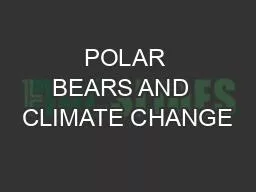



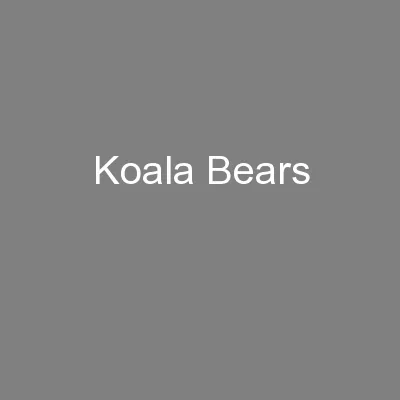
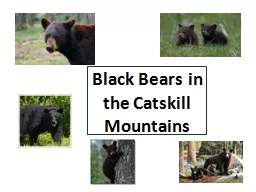


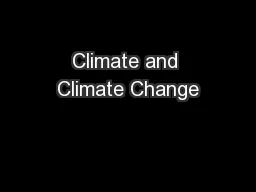

![[DOWNLOAD] The Berenstain Bears Bears On Time: Solving the Lateness Problem (Berenstain](https://thumbs.docslides.com/1008424/download-the-berenstain-bears-bears-on-time-solving-the-lateness-problem-berenstain-bears-living-lights-a-faith-story.jpg)
